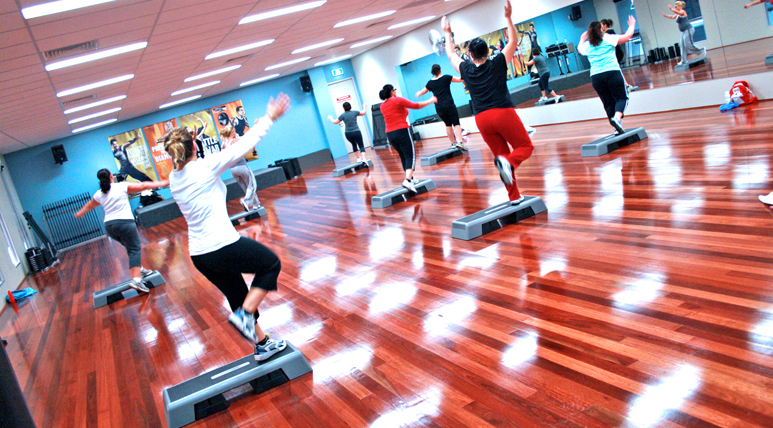The right cardiovascular exercise is important regardless of whether people want to lose weight, build muscle or increase endurance. No two people have the same fitness goals, which is why it is important to have a variety of tools in your arsenal to help clients increase their cardiovascular endurance and improve overall health.

Photo by www.localfitness.com.au
Long Slow Distance Cardio
Long slow distance cardio is sometimes referred to as continuous training or steady state cardio, and involves performing aerobic exercise at a steady pace for a period of time without a break. An example would be walking, jogging or riding a bicycle for a period of between 20 and 40 minutes. Best suited for the beginner, long slow distance cardio allows people to work at their own pace and gradually increase the length of their workout as they become more fit. It may also be ideal for those who are returning to exercise after suffering an injury.
HIIT/Interval Training
High Intensity Interval Training (HIIT) involves performing certain aerobic activity at high intensity levels for a short period of time, followed by a recovery period that varies in length. During the recovery period, activity is performed at a much slower pace to allow the body time to recuperate. HIIT training can be used by people of all fitness levels by increasing the length of time they exercise vigorously or adding more sets to a workout. HIIT sessions are ideal when training for an athletic competition, and also help improve glucose metabolism and speed the fat-burning process.
Circuit Training
Circuit training involves alternating aerobic and anaerobic exercise to maximize workout efforts. An example would be running or jogging for five minutes, and then performing push-ups or sit-ups for two minutes. Circuit training is often performed in a “round robin”, whereby participants run or jog to various stations where they perform the individual exercises. It is an excellent choice for group team building, and can also be used to alleviate boredom. Many fitness trainers choose circuit training when there is very little time for a workout, since it provides cardio and strength training all in one.
Cross Training
Cross training involves performing more than one type of cardio. This may be done by using more than one type of equipment in a single workout session. For example, a client may exercise 10 minutes on a stair stepper, followed by another 10 minutes on a treadmill. You may also cross train by using a different piece of equipment each day, or by changing the type of cardiovascular exercise you do every few weeks. Cross training reduces the risk of injury, decreases boredom, and increases overall performance, which is why athletic trainers often recommend it.
There are definite advantages and disadvantages to each type of workout. As such, you may discover that the type of cardio that’s best for your clients changes as their overall fitness level increases. Don’t be afraid to try new methods, as doing so can help people remain committed and set higher goals for themselves.
Anything to add to this article? Leave a comment below!




